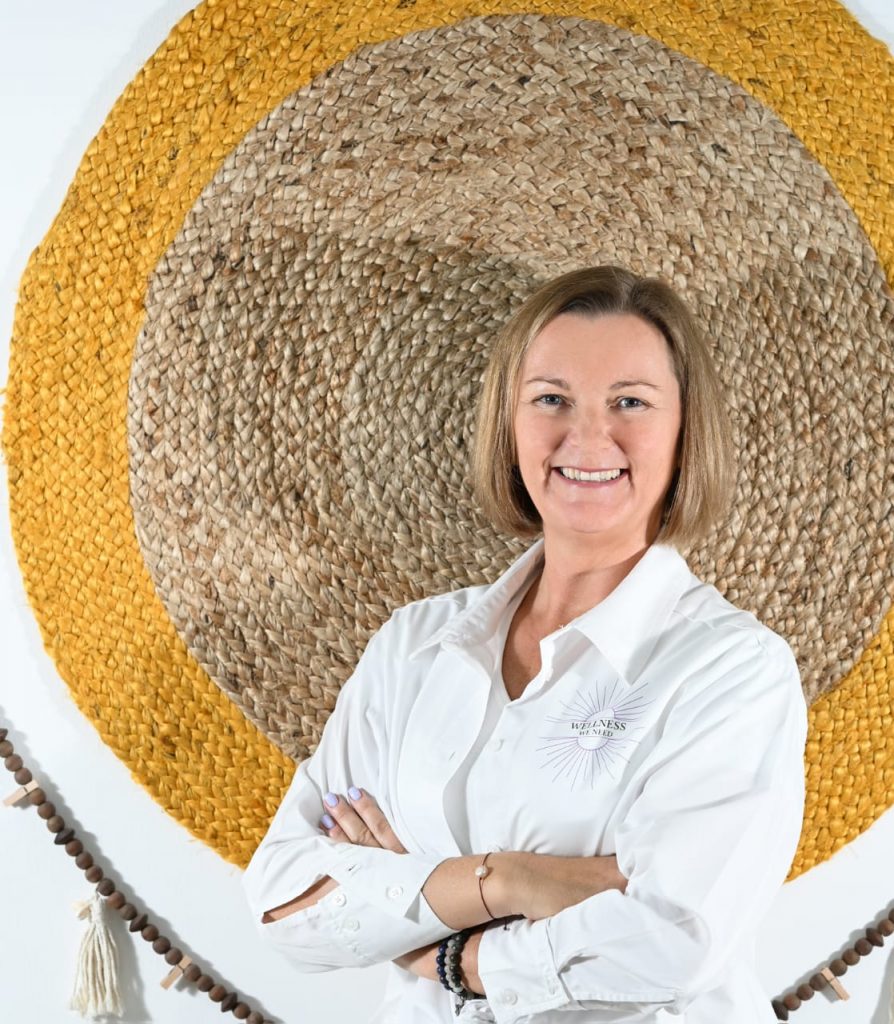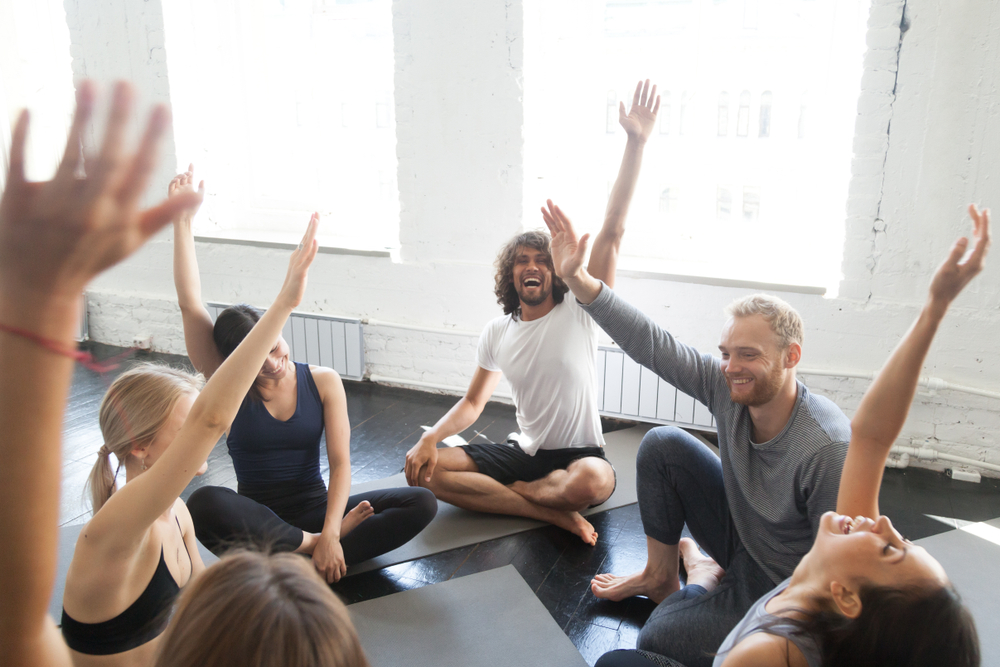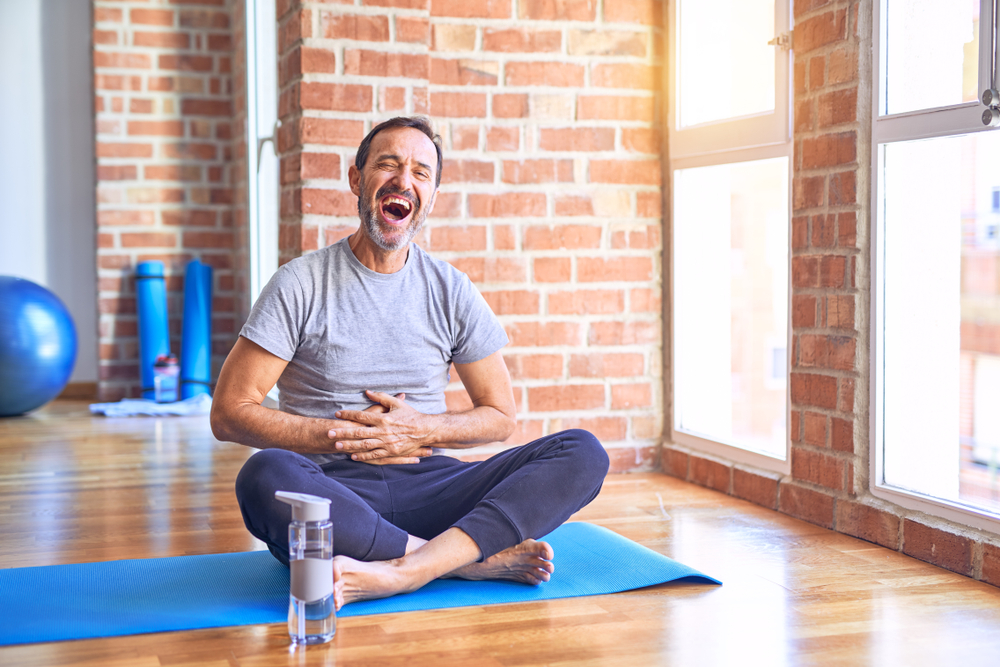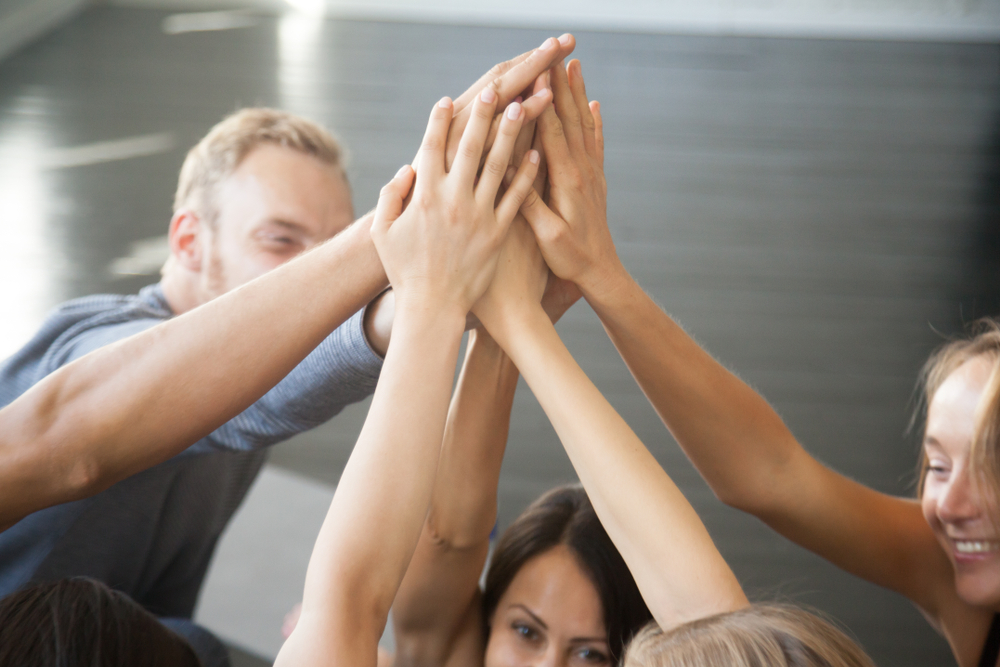You’ve probably heard the expression “laughter is the best medicine,” – and I can tell you from my professional experience it’s certainly true, just ask the scientists, says Beverley Wylie, Founder of Wellness We Need, Certified Laughter Yoga Leader, Yoga Instructor, and Reiki Master.

Laughter involves deep inhalations and exhalations, so it stimulates the respiratory system, helping increase lung capacity and oxygen intake. A Japanese research study showed that it can also increase natural killer cells, helping to support the immune system, making you more resilient to illnesses and infections.
Laughter can also have a positive impact on heart health because it increases blood flow and improves the function of blood vessels – studies have suggested it may even help lower blood pressure and reduce the risk of heart disease.

Not to mention that when you laugh, your body releases endorphins, the natural mood elevators that help reduce stress and anxiety. Tests have also shown laughing can enhance cognitive function and creativity. I could go on and on.
That’s why I have become such an advocate for Laughter Yoga – a practice that may sound odd to newcomers, but which can be incredibly powerful. Not to mention a great deal of fun!

How it came about
Laughter Yoga was founded in 1995 by an Indian medical doctor, Dr Madan Kataria, who devised a practice that combined laughter exercises with deep belly breathing.
He used the ‘funny’ fact that the body cannot differentiate between real and voluntary laughter to manufacture laughing, turning off the sympathetic system – also known as the stress arousal system – and instead activating the parasympathetic nervous system via deep breathing and moving the diaphragm.
So, who is Laughter Yoga good for? Everyone – from school children, people with special needs, and stressed out businesspeople, to individuals suffering with depression or anxiety, and those with heart disease, diabetes, bronchitis, asthma, and other chronic illnesses. Even cancer centres around the world have incorporated Laughter Yoga exercises as a complementary therapy.

A new focus on wellbeing at work
My own discovery of Laughter Yoga came a few years back when I was struggling with stress. I’d read about it online and out of curiosity enrolled on a beginner’s course – I was soon hooked and moved on to the leader course.
These days, my work is in high demand in corporate settings, particularly since the pandemic. After the health crisis, many companies became much more considerate of the wellness of their staff and looked for programmes that offered some variety aside from just gym memberships.
Plus, what better way for colleagues to connect? Laughter is universal, no matter what country or culture you come from – and in a multicultural place like the UAE this can be immensely helpful.
The results really do speak for themselves. By introducing Laughter Yoga into the workplace many top tier clients have reported a happier atmosphere, better communication, better teamwork, and increased efficiency. There have also been reports of a decrease in absenteeism and a reduction of employee turnover.
The typical Laughter Yoga session
When I conduct a Laughter Yoga session, I start by sharing a brief history of its background, who founded it, and then explain the many health benefits before moving on to the warm-up and guided Laughter Yoga exercises. I demonstrate each one first, then we all do it together.
Everyone loves to laugh, so it doesn’t take long for the laughter to flow and everyone to start enjoying themselves. I always make sure everyone knows we are in a safe space together and that there are no judgements, encouraging participants to make the most of the session.

Of course, you occasionally have some shy people who feel embarrassed, but once the first exercise is done, it’s much easier to move on and have fun together.
In my career as a Laughter Yoga leader I’ve had lots of private feedback that has made me emotional. It’s so rewarding to make a difference in people’s lives – all through the natural power of laughter.
